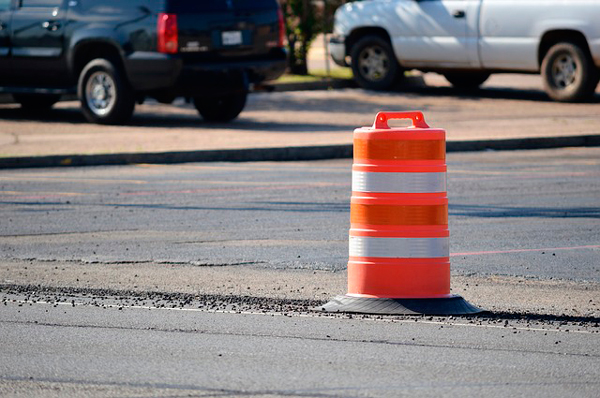The province is reminding residents to slow to 60 in work zones.
SGI said Thursday that the traffic safety focus for July is speeding in work zones.
Drivers are required to slow to 60 km/h or the speed that’s posted when passing a highway worker, flag person or highway equipment with warning lights flashing.
Continuing at 100 km/h through a 60 km/h work zone could cost you $1,008 in fines plus three safe driver recognition points.
“In these uncertain times, there are few guarantees. One thing we can count on here in Saskatchewan – when summer hits, so does construction season,” SGI said in a statement. “That’s why July’s Traffic Safety Spotlight focuses on work zones.”
Reduced speed limits in construction zones keep workers and other drivers safe, allowing you more time to react to a potential collision.
SGI said that speed limits remain in place — unless otherwise posted — even when workers aren’t on site. That’s because hazards, including lane reductions, sharp pavement drops, loose stones or work that needs time to dry and is slippery at high speeds, could remain.
Cameras may be in work zones whether workers are there or not. A photo radar ticket would be an unwelcome Christmas in July gift.
SGI also encouraged residents to plan ahead, give the road their full attention, obey signs, keep a safe following distance and embrace the zipper merge when two lanes become one to make traffic flow more quickly and efficiently.
SGI’s press release came out the same day CAA reported that a poll shows more drivers are seeing dangerous behaviours on the roads.
Of Canadians surveyed, 59 per cent said they saw an increase in dangerous driving while COVID-19 restrictions have been in place.
“These numbers are concerning,” says Ian Jack, vice-president of public affairs, CAA National. “It doesn’t matter if you are going for a 5-minute trip to the store, or a 30-minute scenic drive, keeping each other safe on and around our roads should always be top of mind.”
Speeding was the most commonly observed behaviour, with 44 per cent of drivers saying they saw someone speeding in the past few months. Other behaviours seen by drivers include aggressive driving, using phones while driving and reckless driving.
Going back to 2013, speeding hasn’t even hit the top five list in polls when CAA asked Canadians to rank unsafe driving behaviours.
“In the last few months, we have seen fewer cars on our roads, and more cyclists and pedestrians, who are most at risk when drivers are speeding and distracted behind the wheel,” Jack says.
Almost three-quarters of respondents said they have been driving less since COVID-19 restrictions were put in place, and 30 per cent of cyclists have increased their activity during that same time.
The CAA survey findings are based on a poll of 2,824 Canadians carried out from June 5-16. A probability sample of the same size would yield a margin of error of plus or minus 1.84 per cent, 19 times out of 20.


